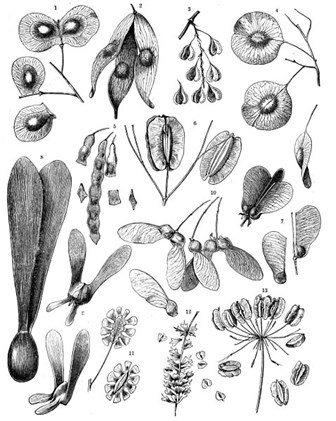Spin and fly
What features help something float or flutter in the breeze? To get them started on their investigation, ask students to make a rotocopter from one of the templates below.
As a class, throw the rotocopters up high and watch them spin as they drop. Ask your students: does its flight change if you modify the:
- Weight (number of paperclips)
- Size (we have provided small and large templates, but you could try to make a tiny or huge one)
- Material (thinner or thicker paper, other materials like plastic or thin foam?)
- Wing shape (does it matter how the wing is angled, if it’s rectangular, curved or pointy?)
You could ask students to use TinkerCAD or Makers Empire app to design their own spinning flyer in 3D. If you have a 3D printer at your school, the class can vote on the design that will get printed and to test on the air table when you come to the exhibition.
What features help something to float in the breeze?
A well-balanced design, a lightweight material, a spinning shape - there are many features that can help something take advantage of the wind. Next time you see a seed pod falling slowly from a tree, think about what makes it flutter and float.
Seeds
Many modern flying contraptions have been designed through inspiration from nature. Ask your students to collect some seeds from the park or the school yard. Throw them up and watch how they flutter.
Question for students: how do flying seeds help the plant survive?
